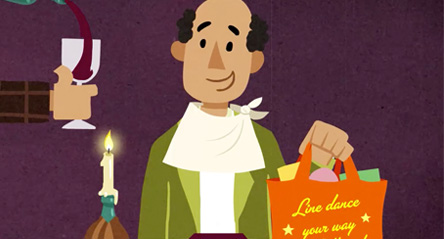
Fraud Tools
Fraudsters use many persuasion tactics to target and influence prospective victims. These persuasion tactics are the tools of a con artist. The truth is you encounter these tactics every day; they’re used by legitimate businesses, in retail stores and in advertisements. Learning to recognize these tactics—a fraudster’s tools—can limit their effectiveness, and in doing so, help you spot and avoid fraud.
Turn the tables on the cons. View these training videos from the Con Art School to see how fraudsters apply persuasion tactics to influence people to hand over their money.

Phantom Riches

“If it sounds too good to be true, you’re an amateur.” The job of a con is making a pitch sound both good and true. Promises, guarantees and risk-free investments are nearly irresistible to clients!
Watch the Video
Source Credibility

“Everything that glitters isn’t gold.” Just dress sharp, rent a big corner office, print a few diplomas off the Internet and…VOILÁ…a con artist can pretend to be whatever expert he needs to be! Credibility can be faked!
Watch the Video
Scarcity

“Here today, and gone tomorrow.” It’s easier to land a client by adding urgency to the deal; fraudsters just claim there is a limited supply or time to get in. Or better yet, they’ll make their targets think it’s an exclusive deal.
Watch the Video
Reciprocity

“You scratch my back, I’ll scratch yours.” Free stuff works like a charm! Targets can’t resist the desire to return a favor. They’ll even hand over cash that’s worth way more than that rubber chicken dinner.
Watch the VideoDownload and share this tip sheet to learn more about the red flags of fraud.
Social Consensus
“If everyone's doing it, it must be good.” By luring a few family or friends into the gig—or even just saying they are in, when they aren’t—fraudsters can make the deal sound much more appealing.
Watch the Video